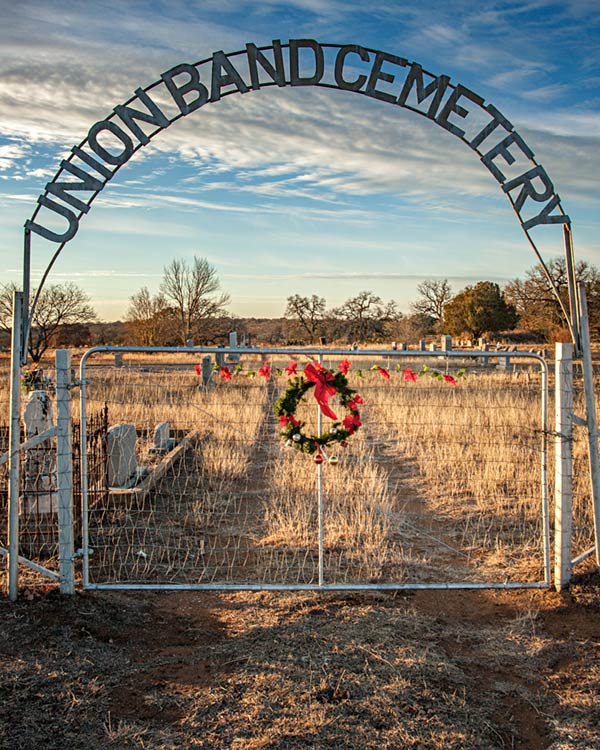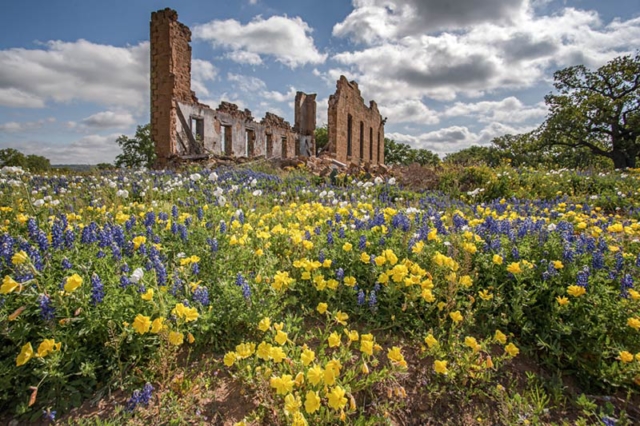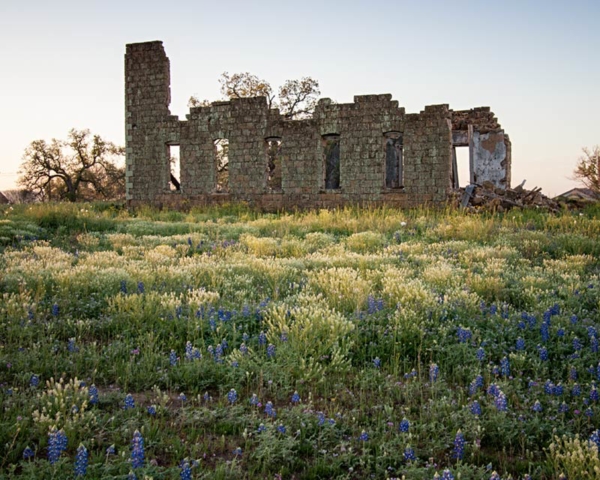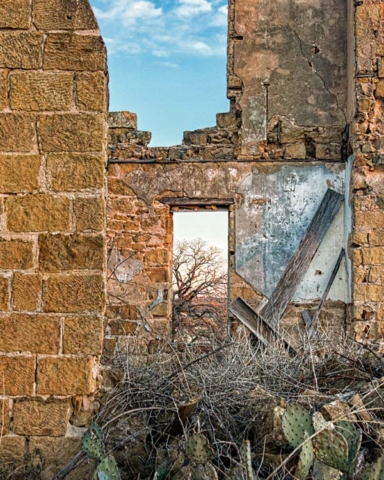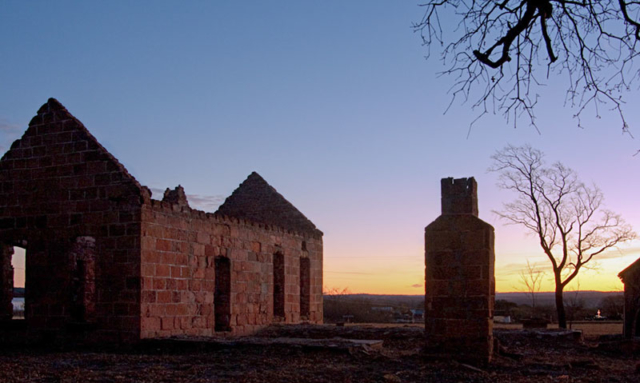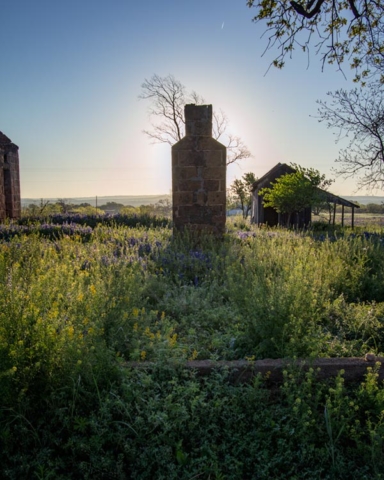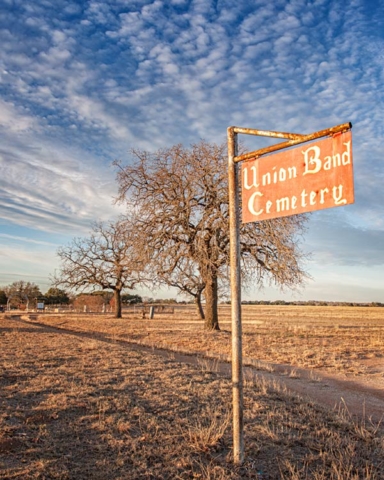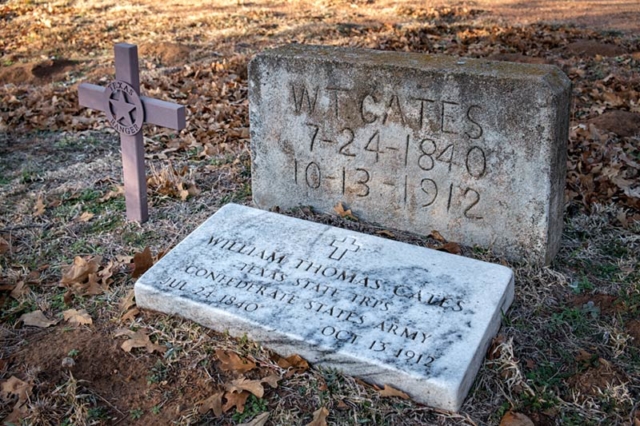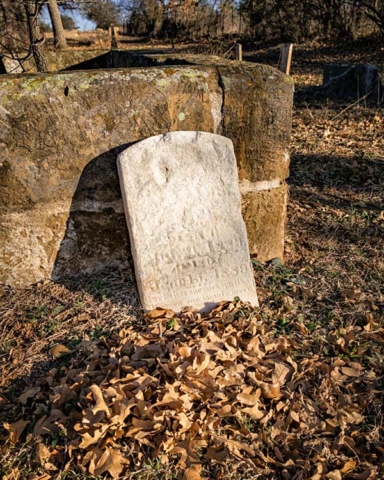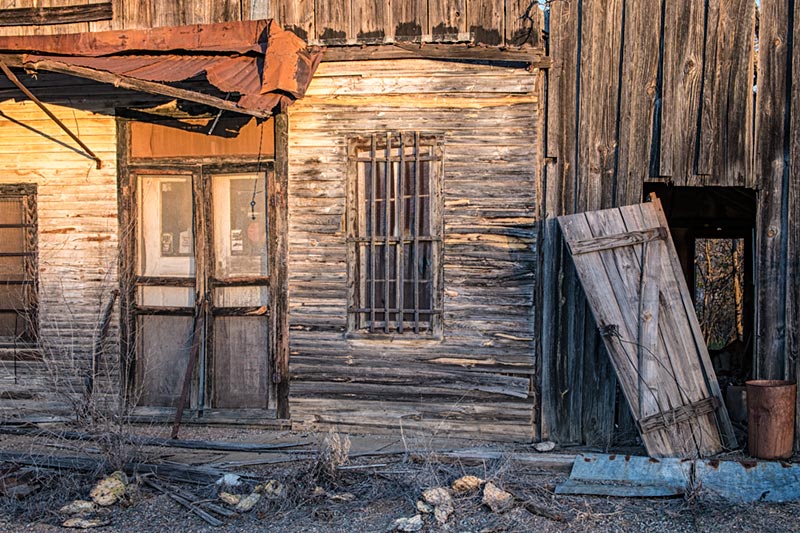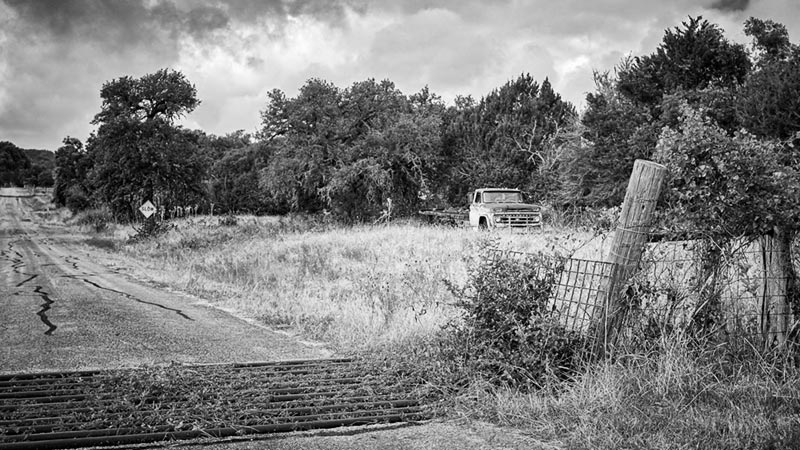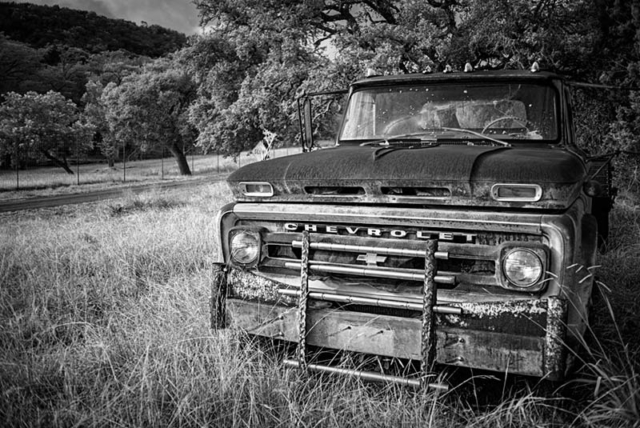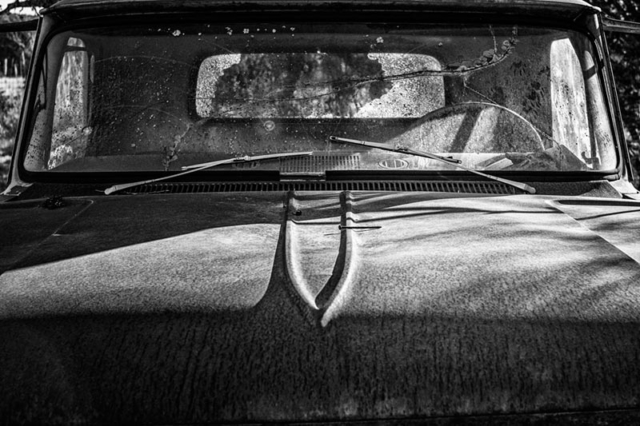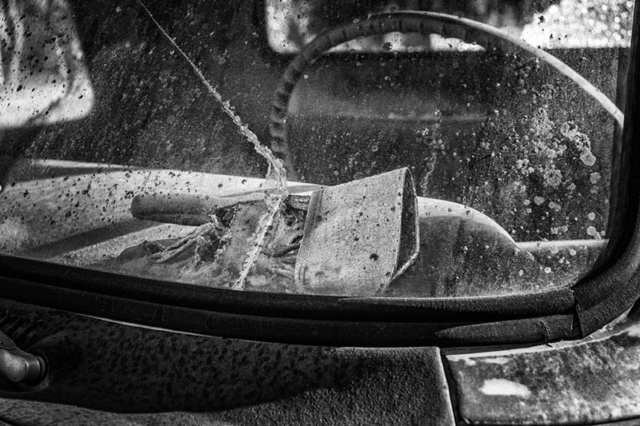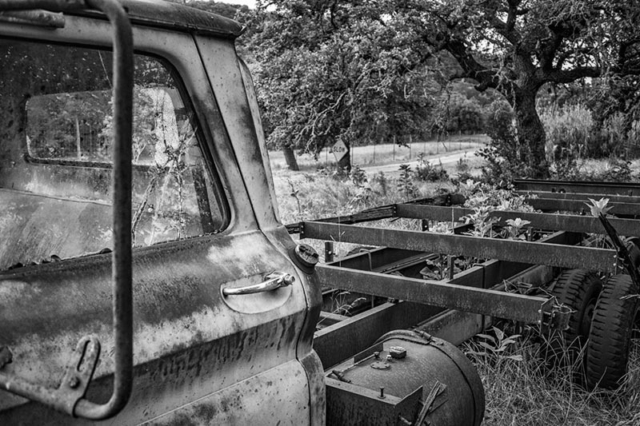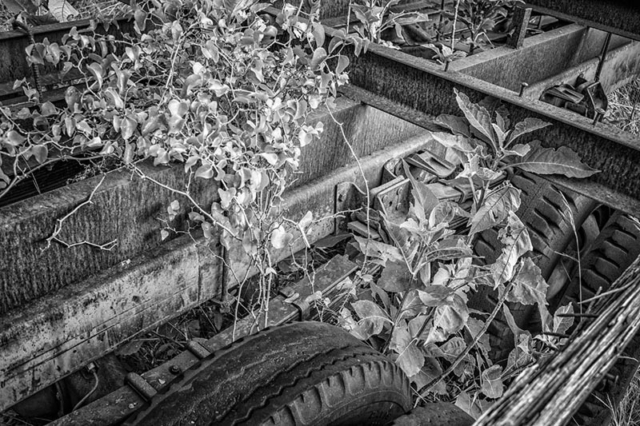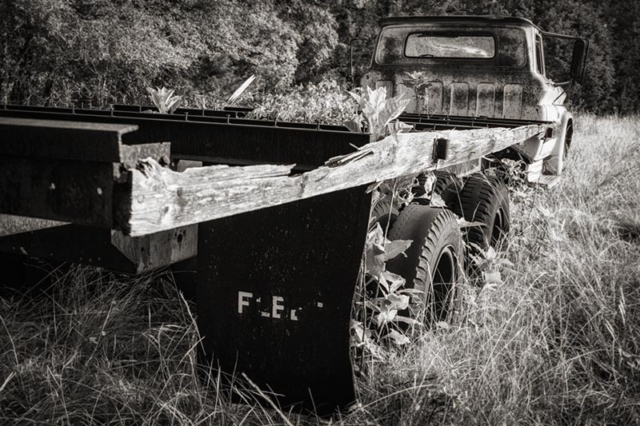The major ruins in the village are of the San Fernando Academy founded in 1882. It was short lived as a private academy but continued as a public school until around 1927. The area prospered for a few years at the beginning of the twentieth century. Then in the late 1940s a fire which started in the local movie theatre destroyed most of the commercial buildings in the town. Pontotoc never recovered.
There are ruins of residential buildings constructed of beautiful native stone just a hundred yards from the academy. They may have been occupied by school staff members. Within a couple of miles there are also historic cemeteries that are worth exploring. On good years the spring wildflower bloom is spectacular for fifty miles or more around the village. In winter the rolling hills reveal the richness that enticed many settlers to this country.
Pontotoc is well off the tourist track so you have to make an effort to get there. Seeing the well preserved ruins is an interesting day trip.